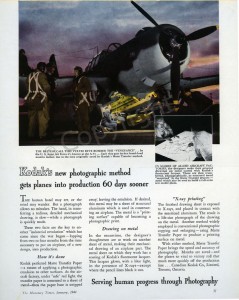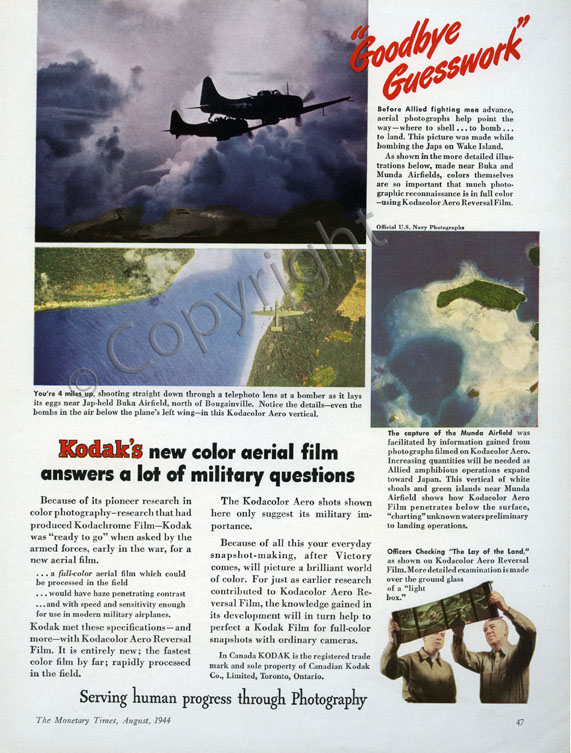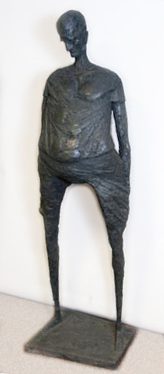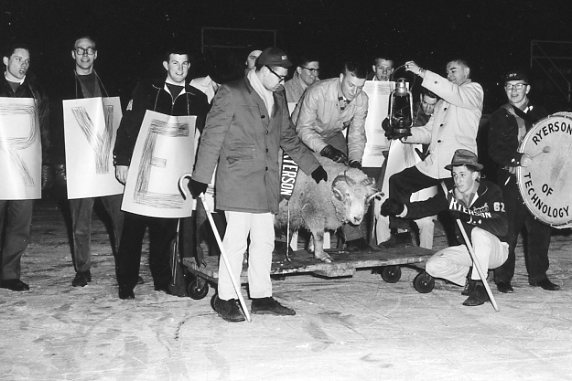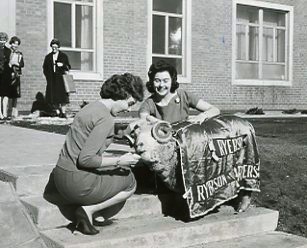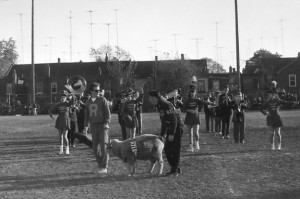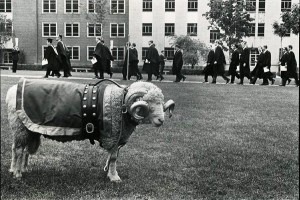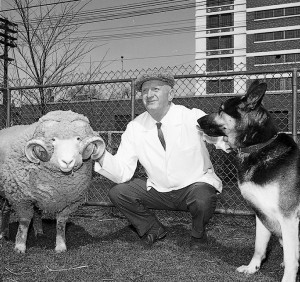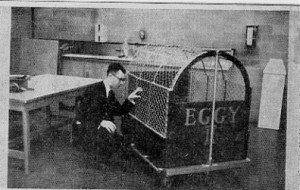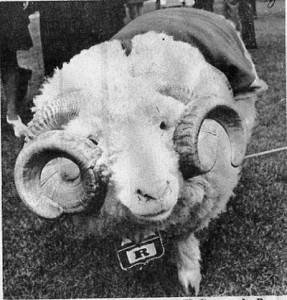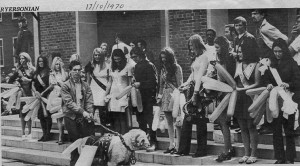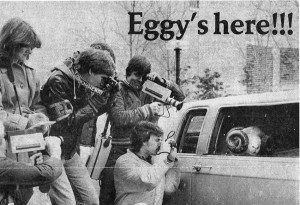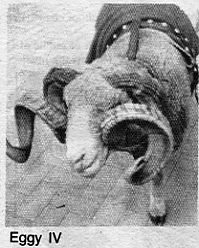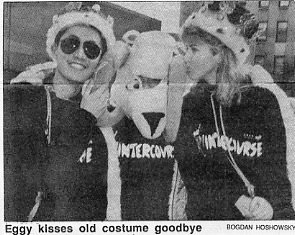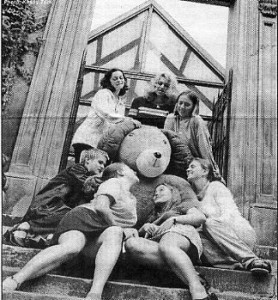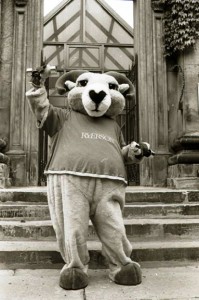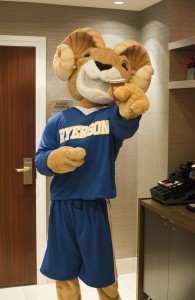This Remembrance Day we honour the World War II air force trainees who passed through the site of TMU, the area traditionally called St. James Square.
The site of TMU’s Kerr Hall and the Quad was the location of a World War II air force training school, the No. 6 Initial Training School (No. 6 ITS), opening its doors in June 1941.
The photograph below shows the grounds of St. James Square in the centre – the future home of TMU. There are three new RCAF outbuildings. Note Maple Leaf Gardens to the north.
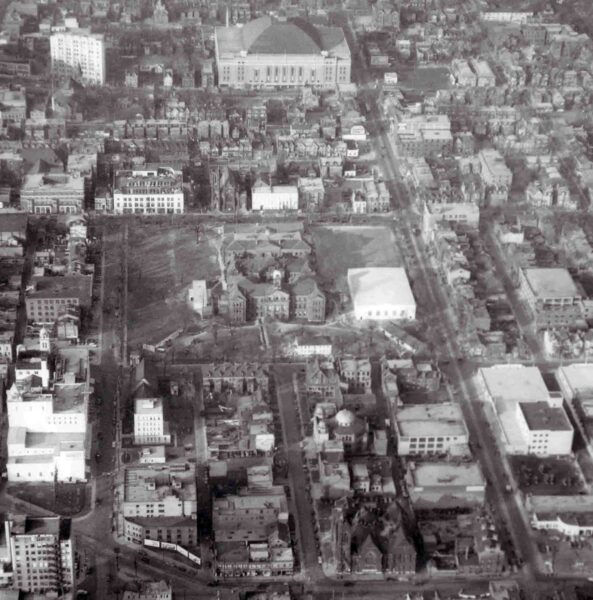
The recruits were primarily between the ages of 18 and 24 and went on to battle fascism. For those who survived, returning veterans received further training in the same place for re-employment.
In December 1939, Canada, Britain, Australia, and New Zealand signed the BCATP or British Commonwealth Air Training Plan, in which Canada was the central figure in training air force personnel to be pilots, navigators, bomb aimers, wireless operators, air gunners, and flight engineers. In total, BCATP trained over 130,000 personnel from the Commonwealth, U.S., and some European countries between 1940 and 1945.
Training centres were established across the country with recruits transitioning from one training centre to another. The first was the Manning Depot for basic training followed by the Initial Training School, ending in specialized training.
Manning Depot – Basic, 3-4 weeks
– Manning Depot No. 1 was at Toronto’s CNE
Initial Training School – 4 weeks
Toronto had two out of a total of 7 ITS – No. 1 and No. 6
– No. 1 at the Eglinton Hunt Club, Avenue and Eglinton roads – opened April 1940
– No. 6 at St. James Square – opened June 1941
– From there, recruits moved on across the country for their specialized training.
No. 6 Initial Training School
The RCAF took over the Toronto Normal School buildings in 1940 and built numerous outbuildings for barracks and training. Recruits experienced psychological testing, drills, and academic courses, such as flight theory, trigonometry, algebra, and navigation.
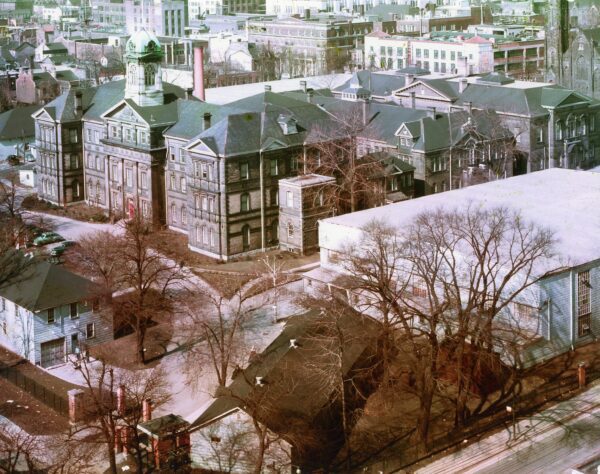

Link Trainer – a flight simulator that familiarized recruits with airplane control and determined who was suitable for pilot training. An attending instructor gave navigational directions and those recruits who were able to control or survive the dizzying 360 degree spin from the sensitive joystick passed for actual pilot training. The following three photographs are courtesy of Harold Skaarup, Canadian Warplanes 9-1: Link Trainer – The Link Trainer in Canadian Service.



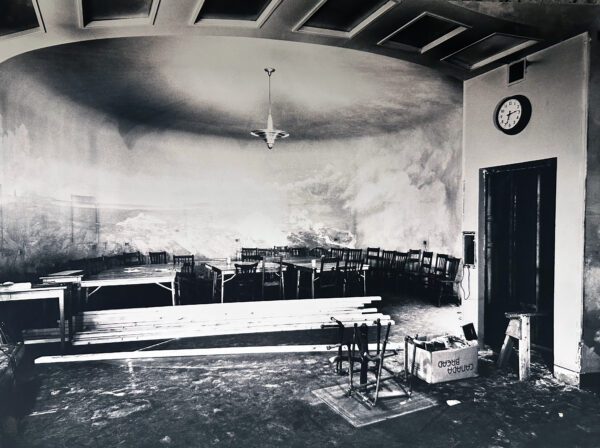
Between 1948 through the 1950s, students of Ryerson Institute of Technology referred to the Link room as the “cloud room”. It was primarily used as a sewing room for RIT Fashion students.
Specialized Training – included pilot training, navigation, gunnery, bomb sighting, wireless operators, and flight engineers. TMU Archives has a WWII bomb sighting tool, the Course Setting Bomb Sight, Mark IX C, used by recruits and on actual bombing runs. Of interest is Vernon White’s description of practice bombing exercises at No. 9 Bombing and Gunnery School in Mont Joli, Quebec, in his autobiography, Four Years and a Bit, https://www.427squadron.com/book_file/white/four_years_bg.html, (4th paragraph).
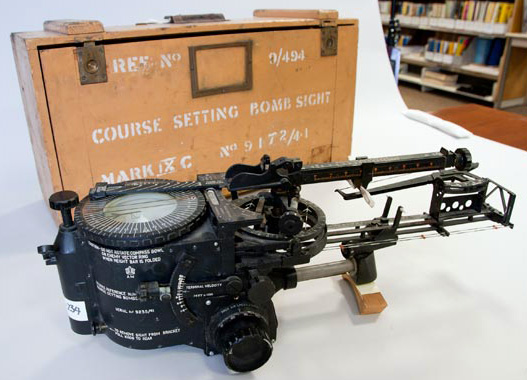
RG 221.23)
Post War 1945-1948
No. 6 ITS was converted to the Training and Re-establishment Institute (T.R.I.T.) for civilian employment training.
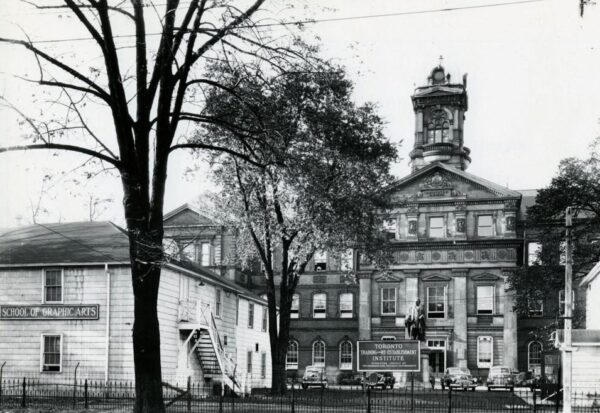
T.R.I.T. opened in February 1945 offering courses in fields of Building Trades, Mechanical Trades, Hotel and Restaurant, Bakery, Jewellery and Horology, Electronics, Radio Broadcasting, Dressmaking and Tailoring, Homemaking, Photographic Arts, Graphic Arts, and more.
A living allowance was paid to full-time re-trainees: $60 for single men, $80 for married men and an additional allowance for children. Pay was given out directly at the school.
The man in charge was Howard H. Kerr (think of Kerr Hall that forms the Quad) and future principal of Ryerson Institute of Technology (1948-1966), now Toronto Metropolitan University.
This Remembrance Day, think of the WWII air force recruits, many the same age as university students, who lived and had classes in the area of the Quad and Kerr Hall 80 years ago, and think of the 856 aircrew trainees who died or were seriously injured in Canada before graduating.
Further Reading
- Veteran Vern White’s memoir of his BCATP RCAF training in Quebec, https://www.427squadron.com/book_file/white/four_years_intro.html
- Article by Harold A. Skaarup on the Link Trainer, https://www.silverhawkauthor.com/post/canadian-warplanes-9-1-link-trainer
- Article on the British Commonwealth Air Training Plan and Canada’s monumental contribution to the war effort, https://www.junobeach.org/canada-in-wwii/articles/british-commonwealth-air-training-plan/
- E-book, Aerodrome of Democracy: Canada and the British Commonwealth Air Training Plan 1939-1945 by F.J. Hatch, 1983 https://www.canada.ca/content/dam/themes/defence/caf/militaryhistory/dhh/general/book-1983-aerodrome-democracy-en.pdf
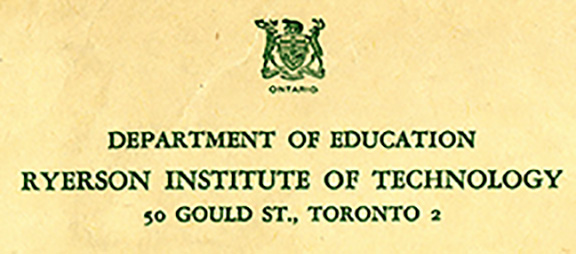

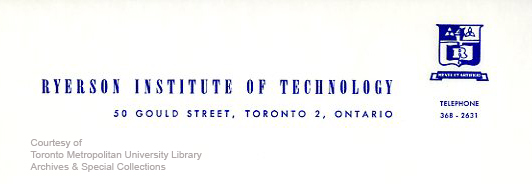
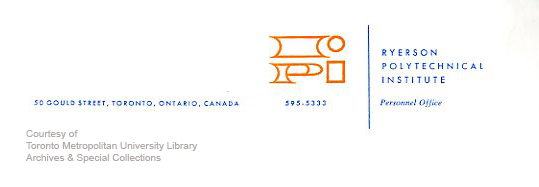
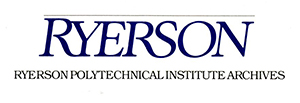
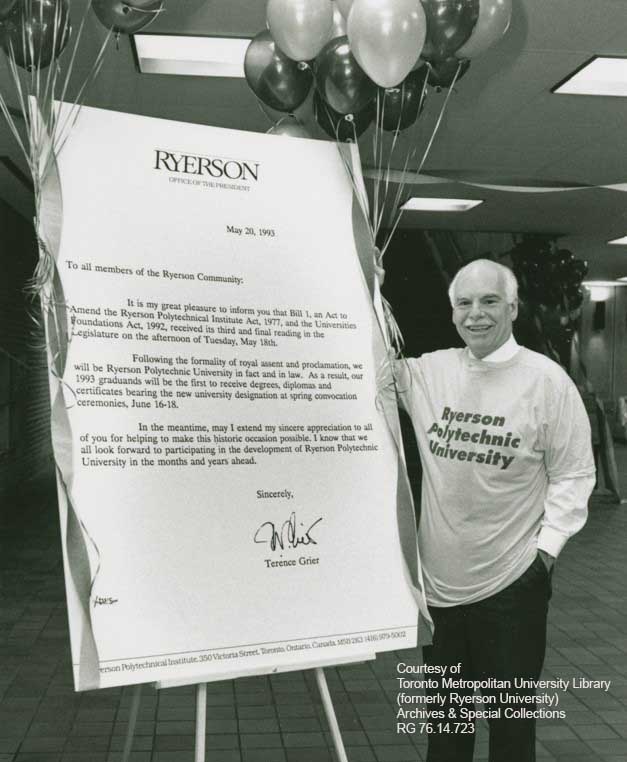
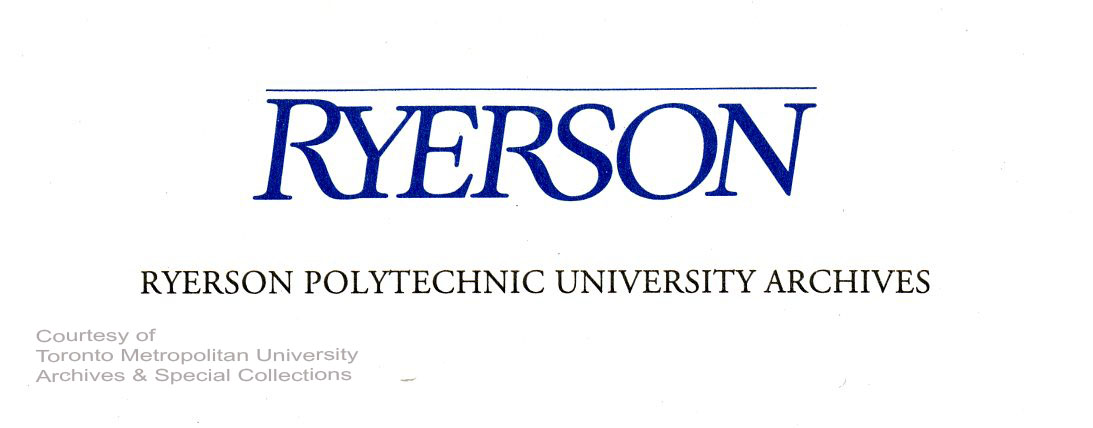
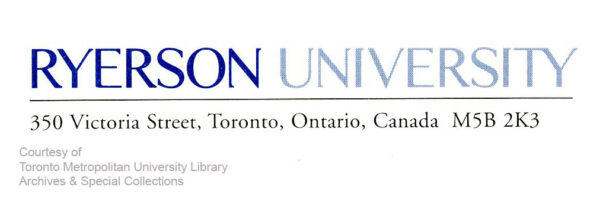
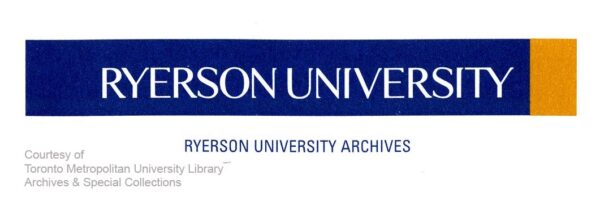
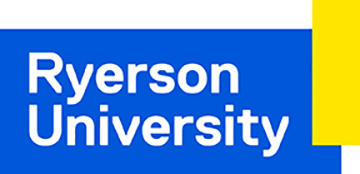
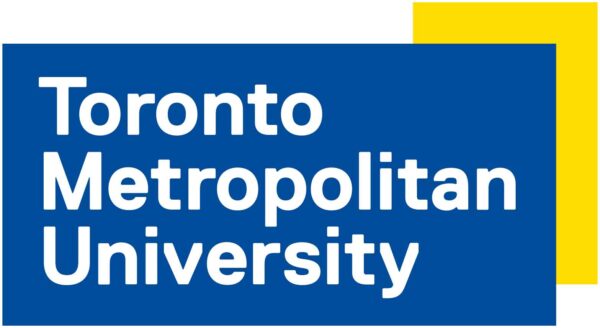

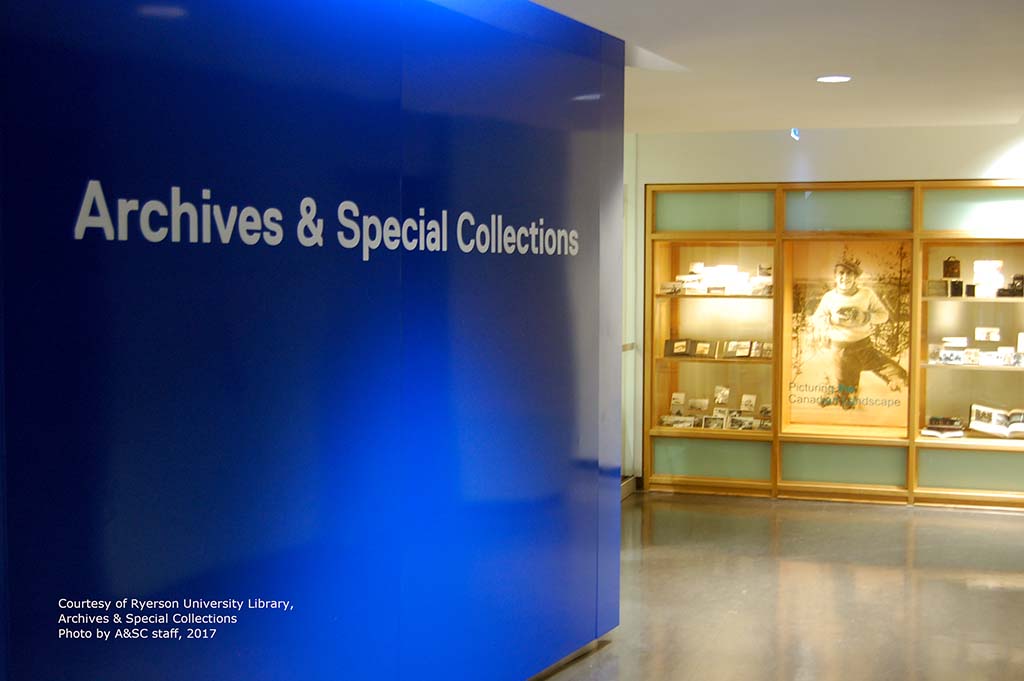
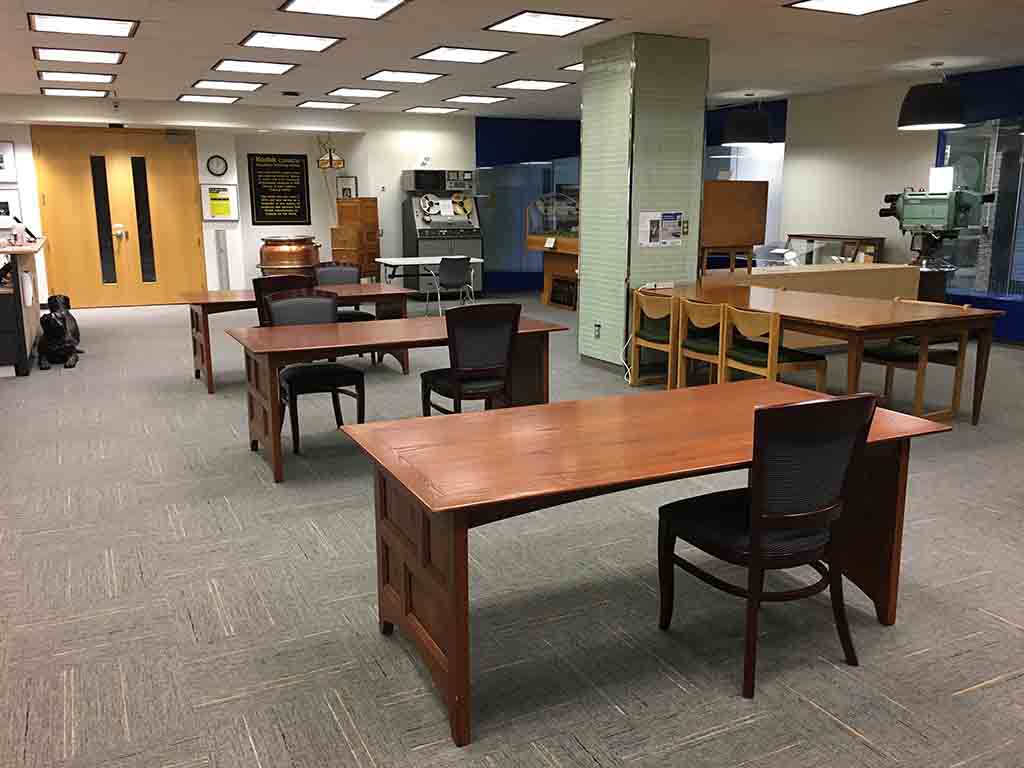
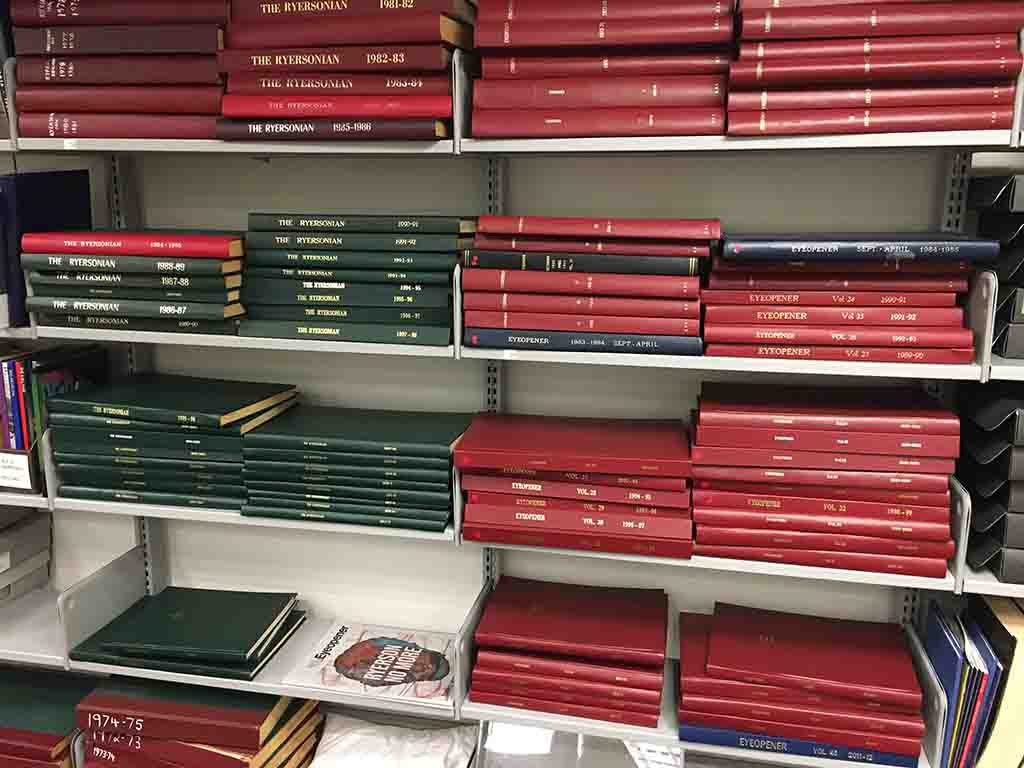
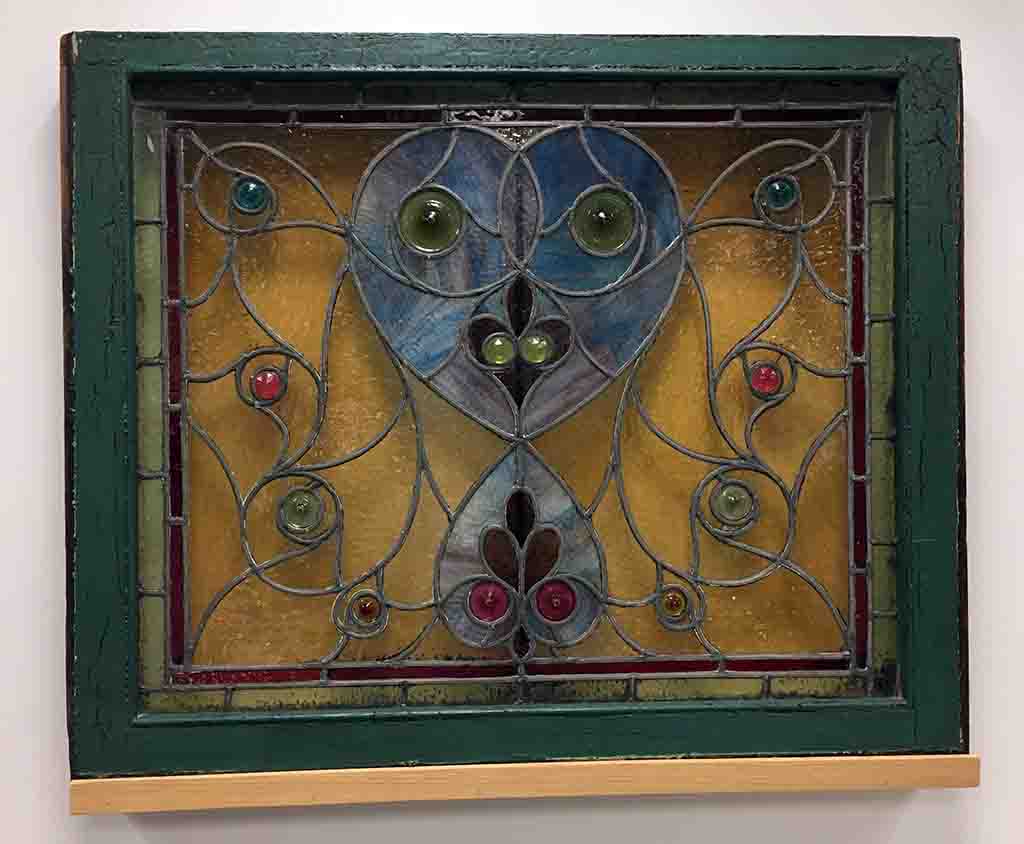
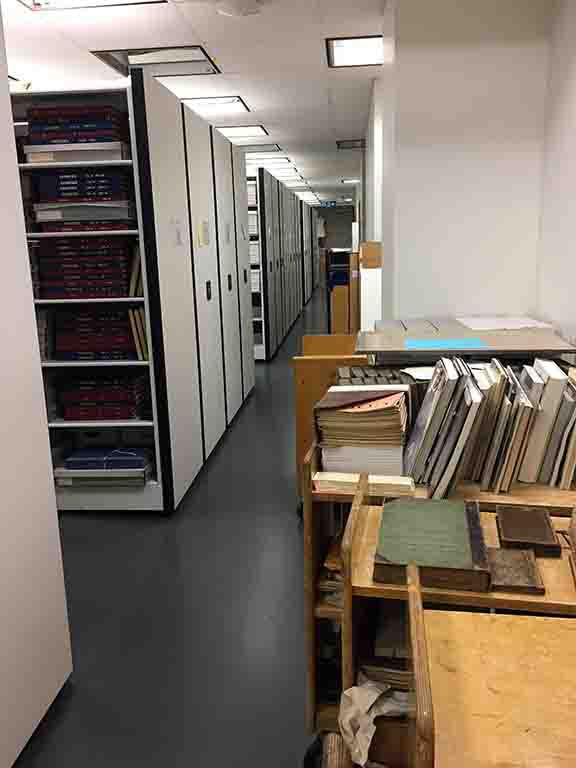
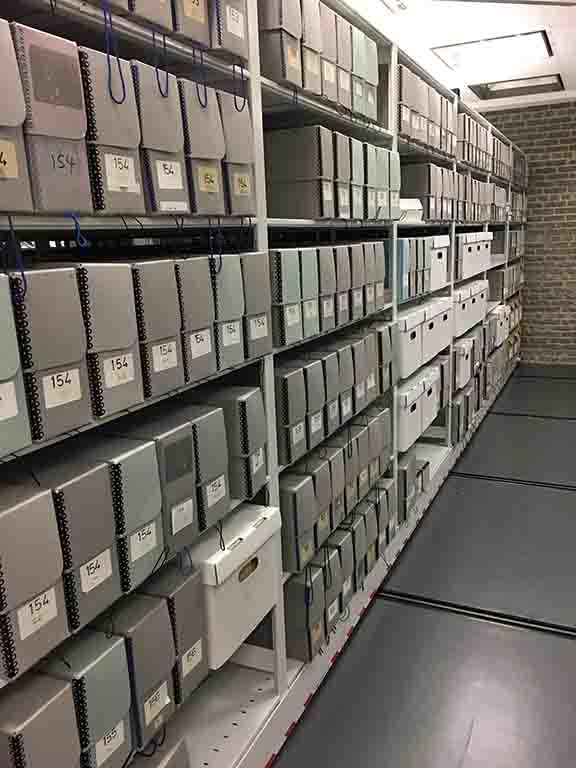
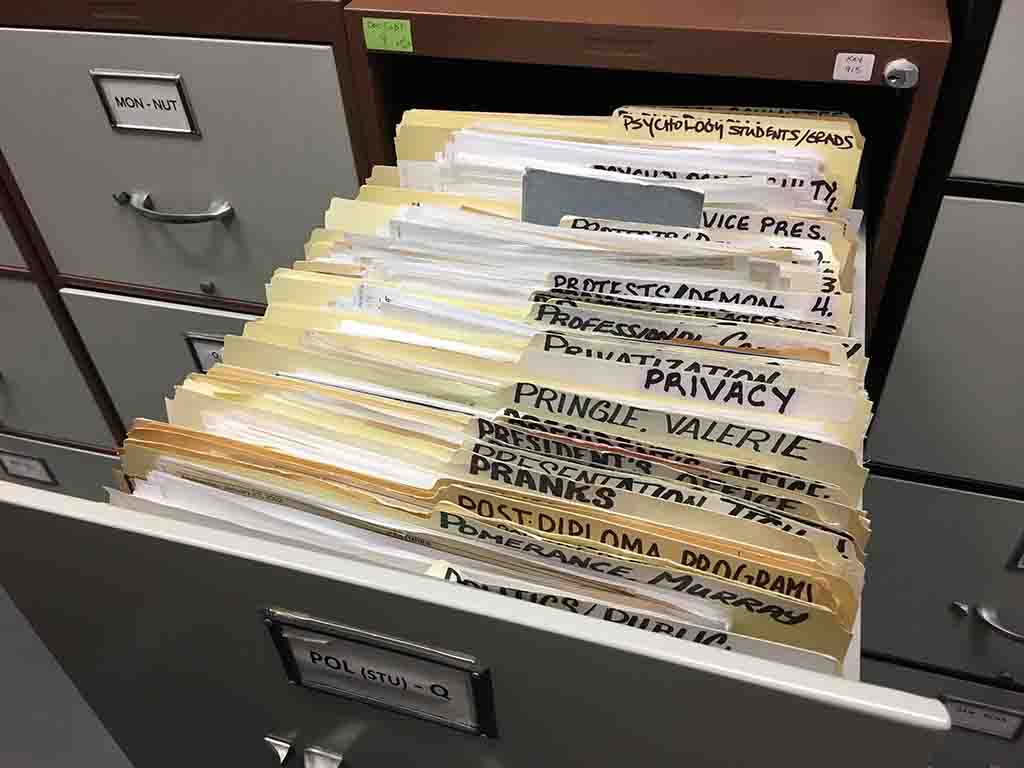
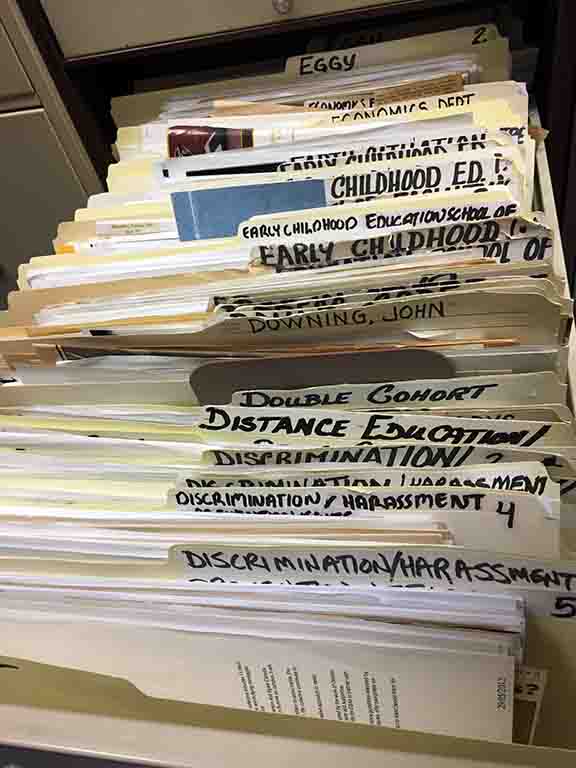


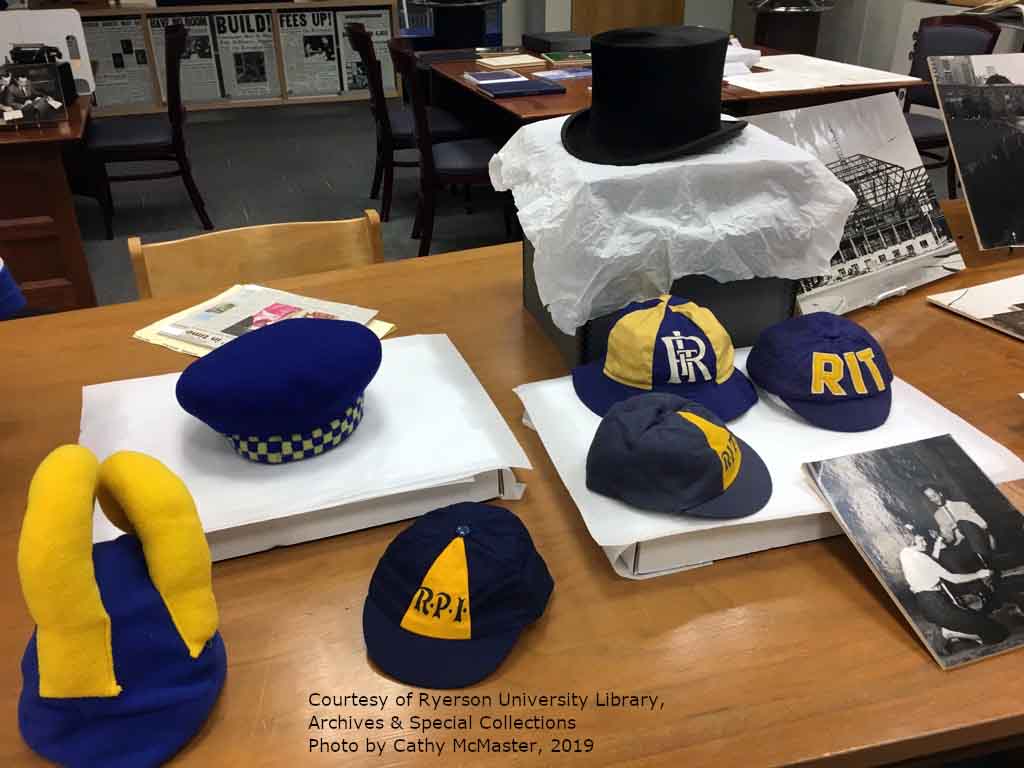
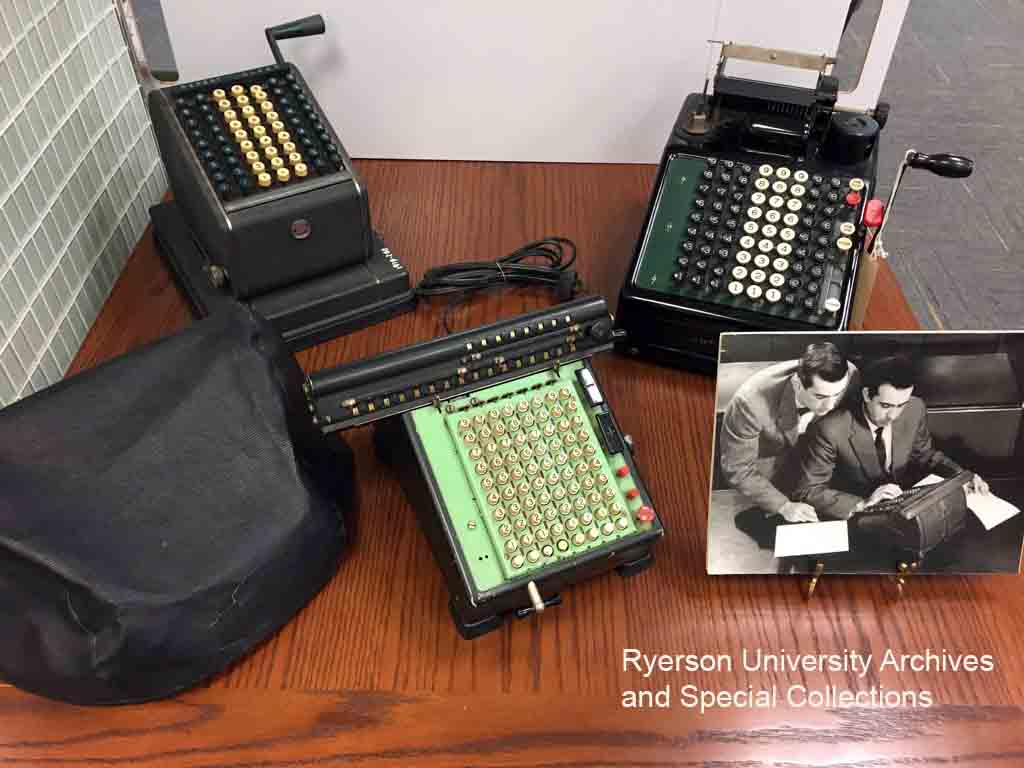
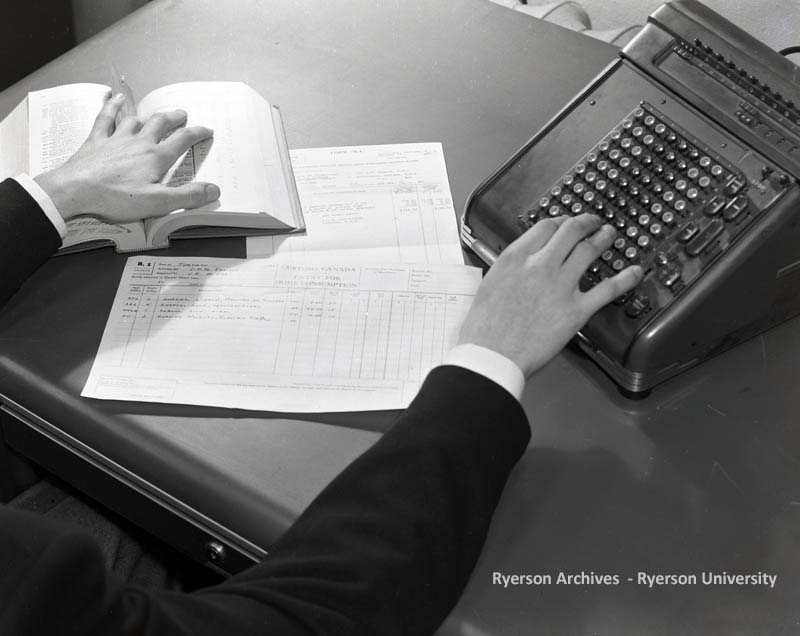

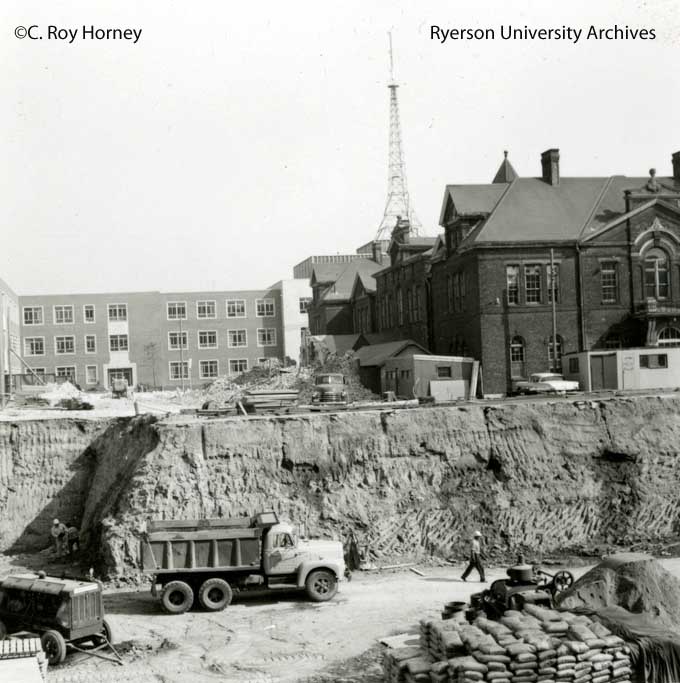
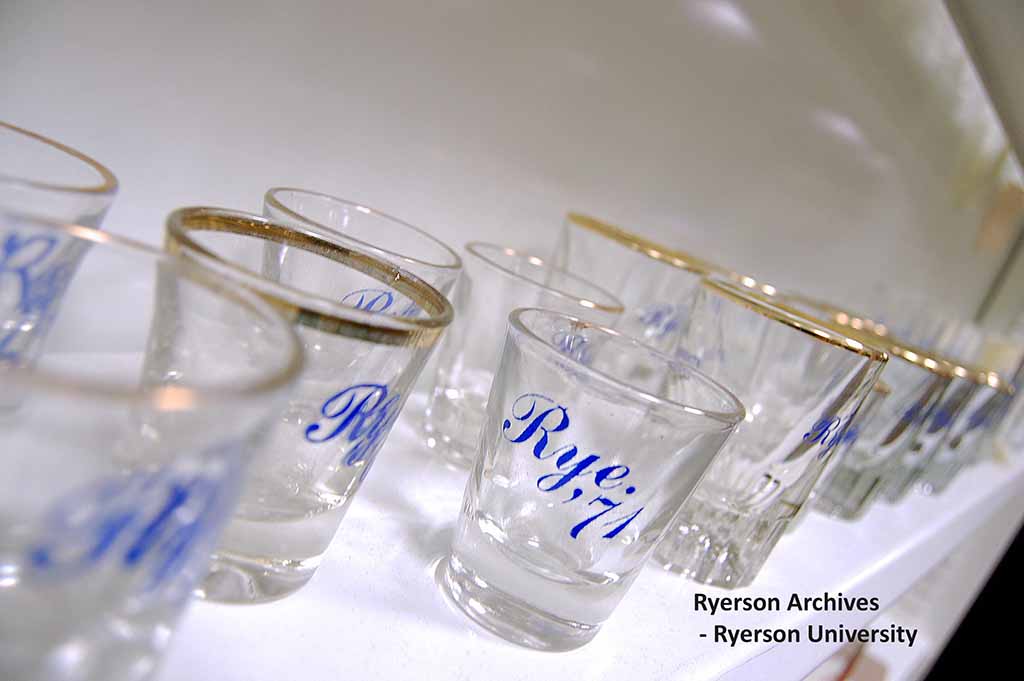

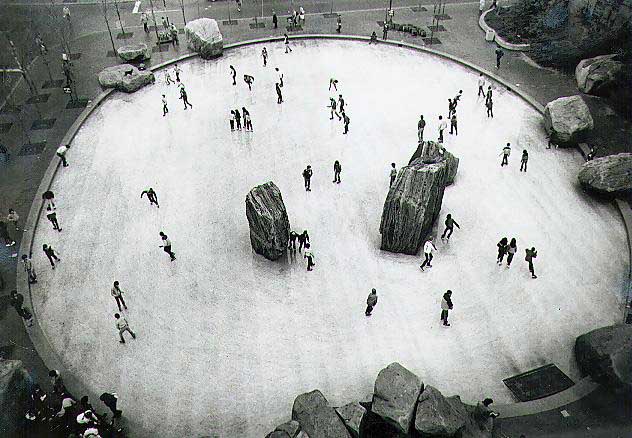
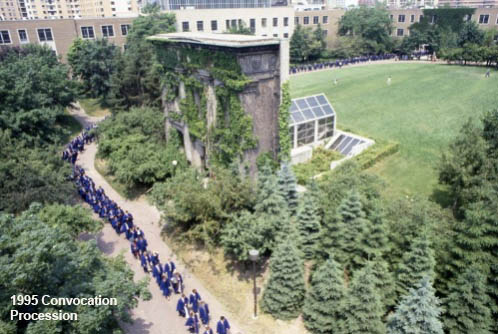

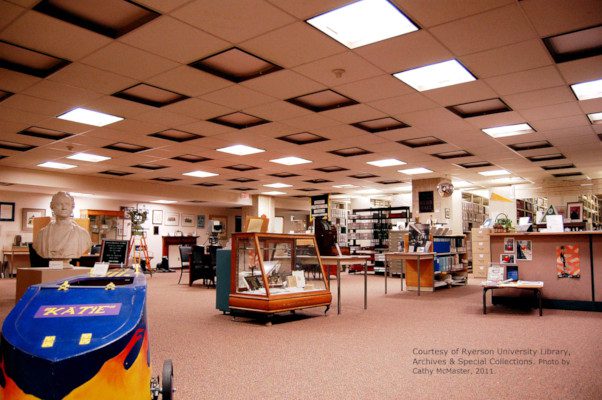
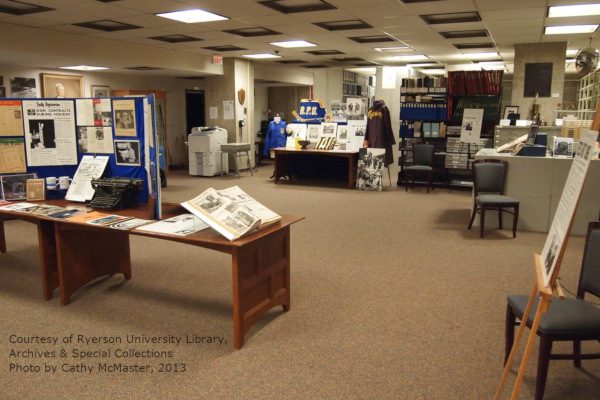
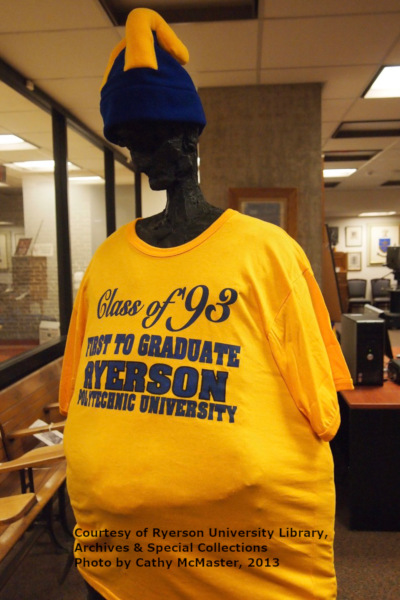
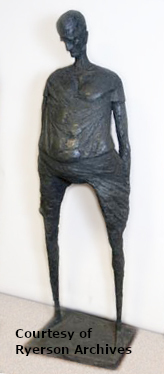
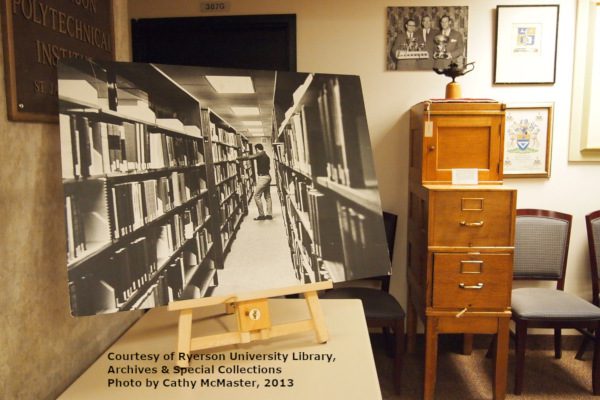
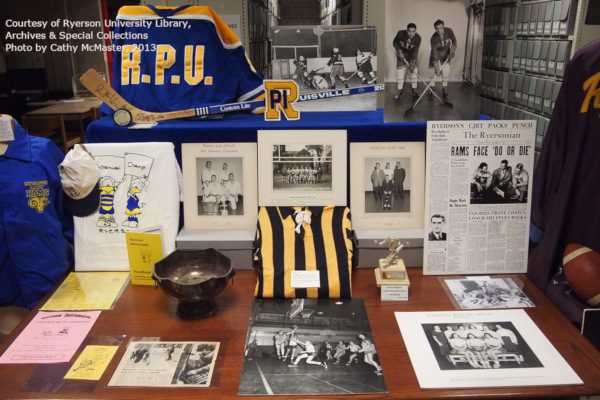
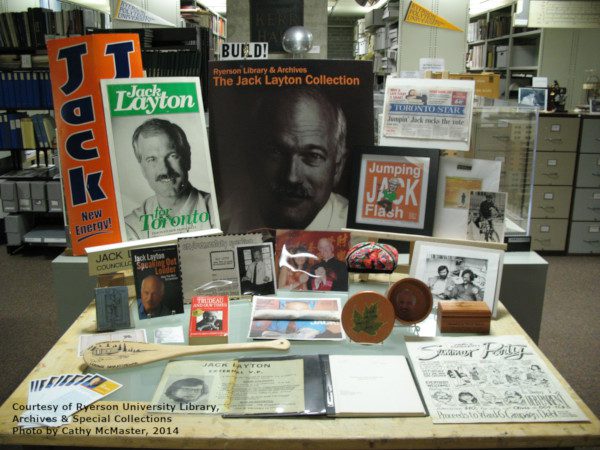
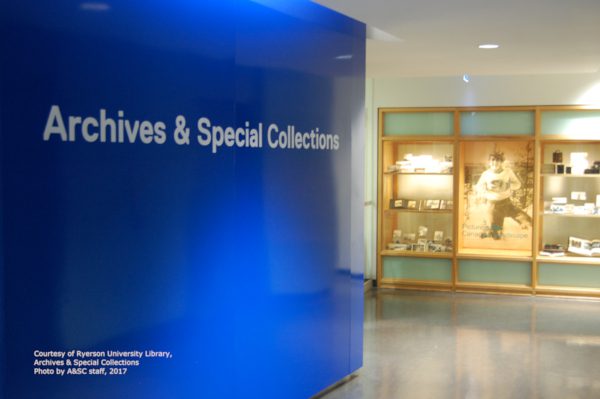
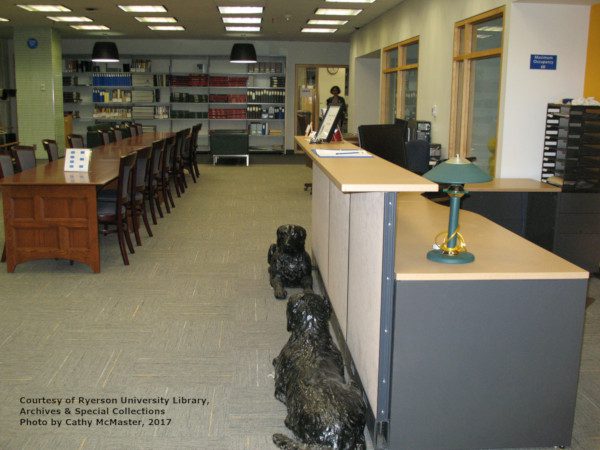
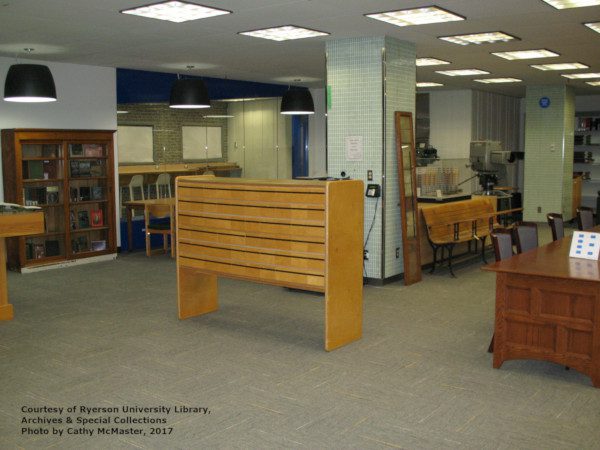
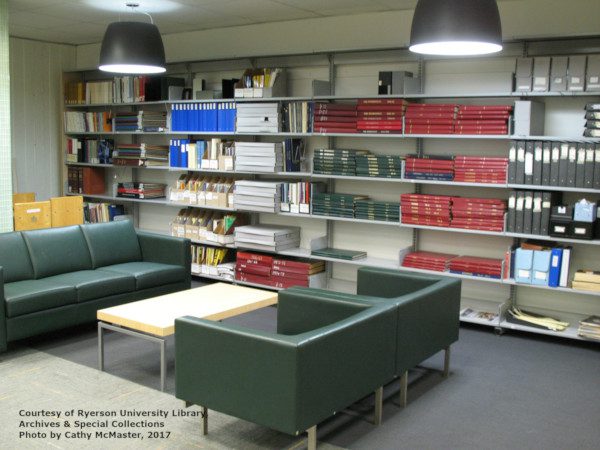
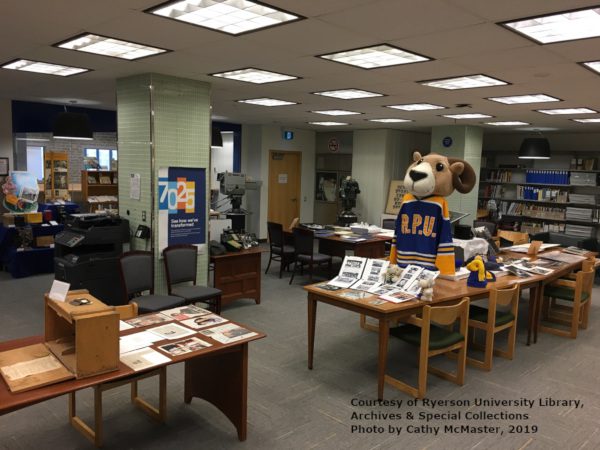
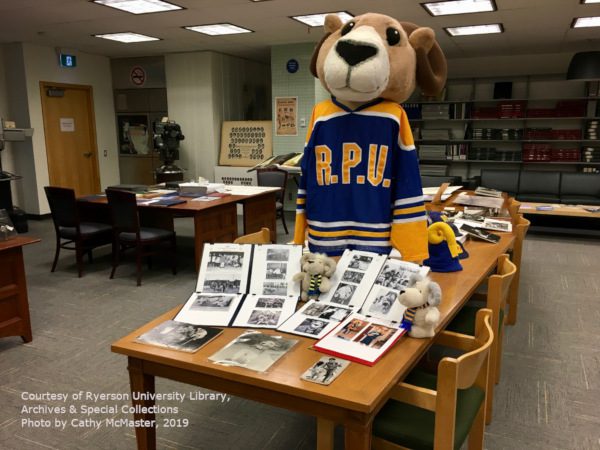

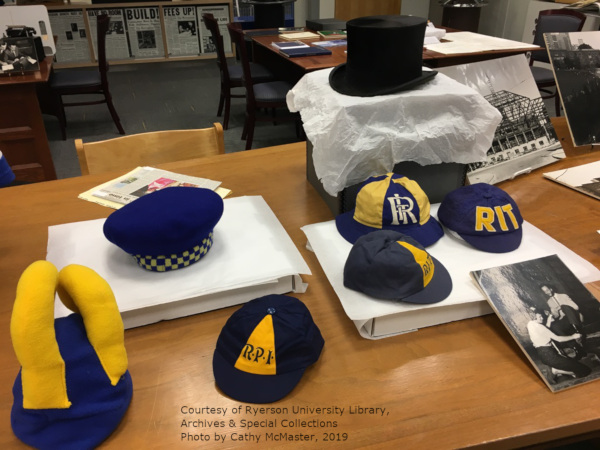
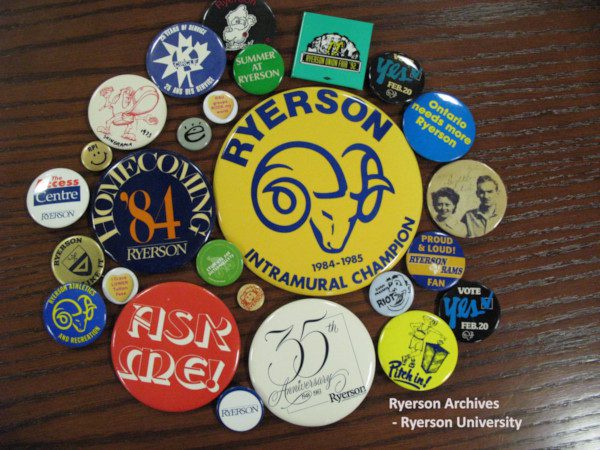
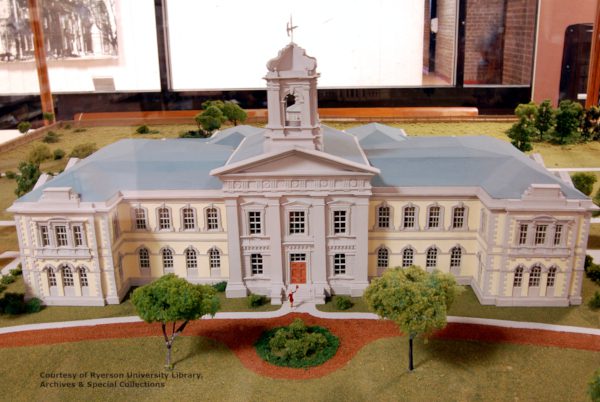


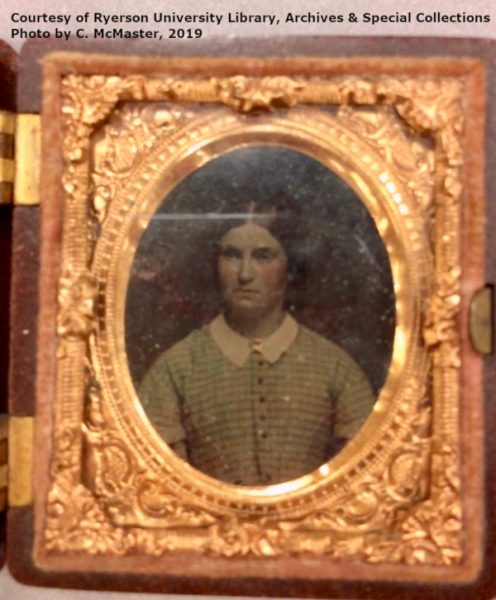
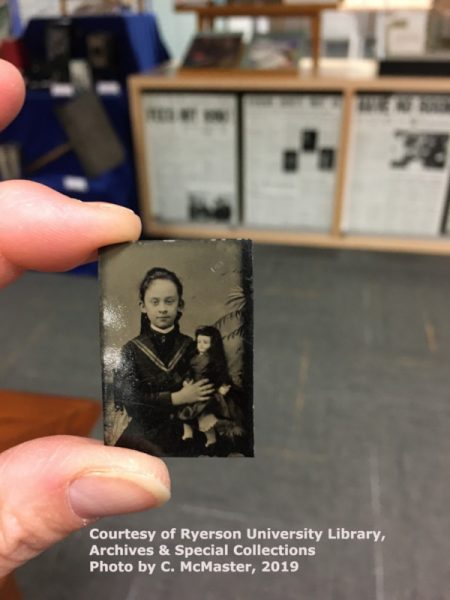
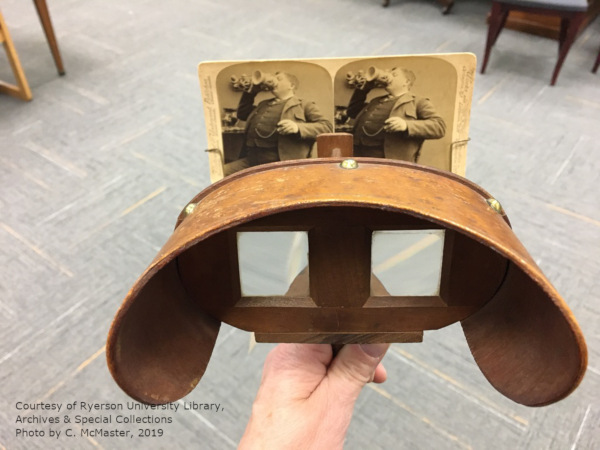


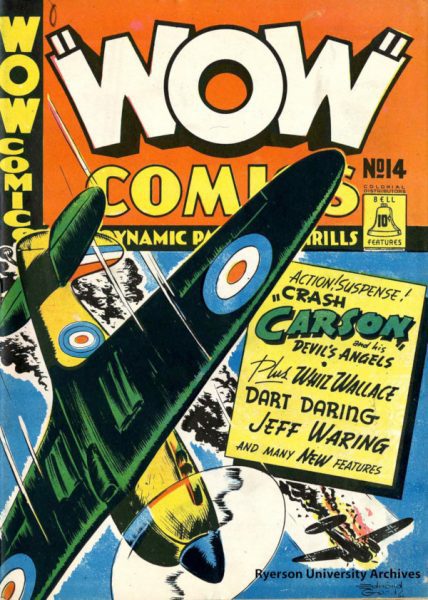

!["Home folks - home things - are always uppermost in his mind. Natural, isn't it, that he should want snapshots...that bring [home] to him as true as life!" Canadian Kodak Co., Limited, Toronto, Ontario., image](https://library.torontomu.ca/asc/files/2013/11/2005_001_03_2_001_9_143_watermark-231x300.jpg)
